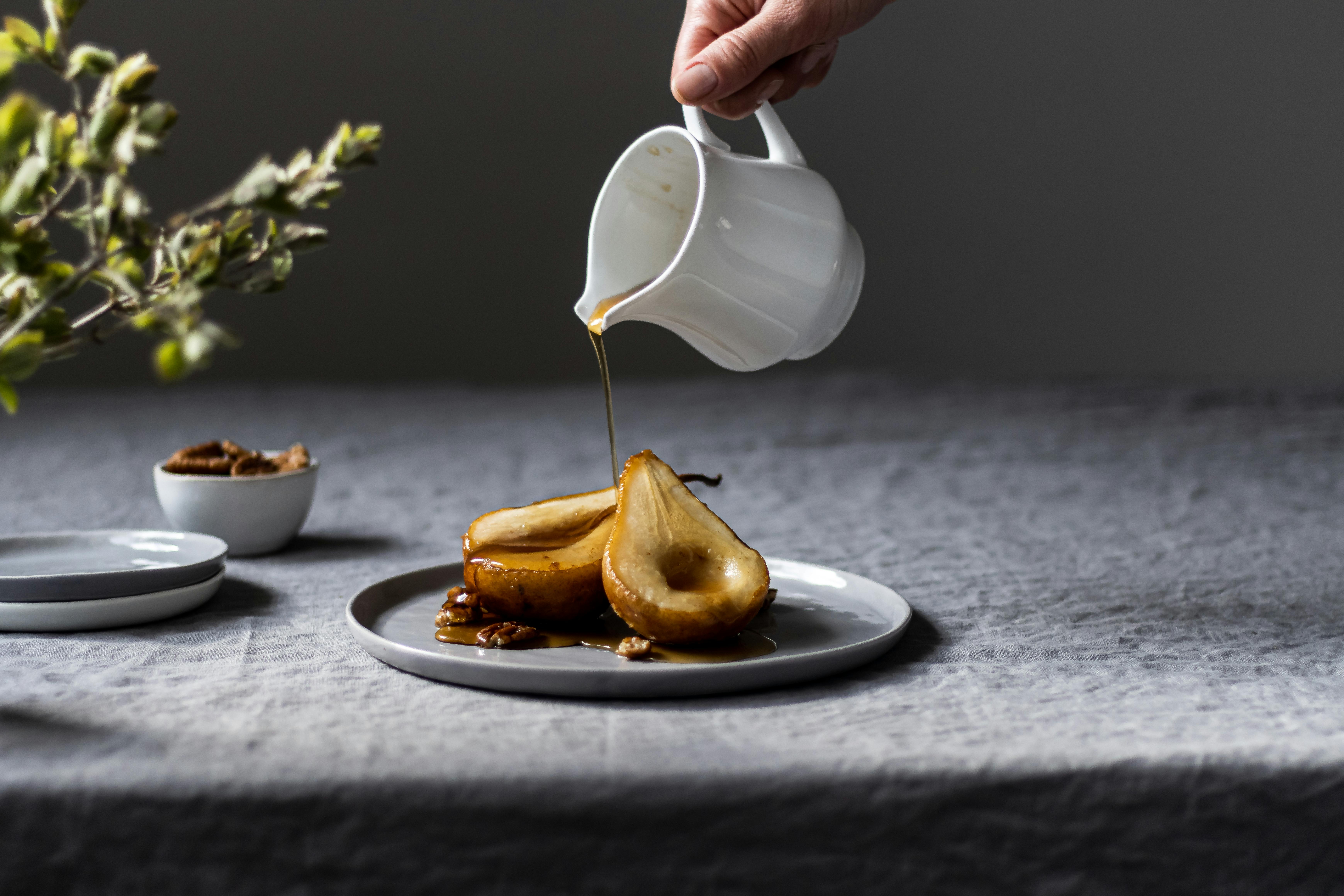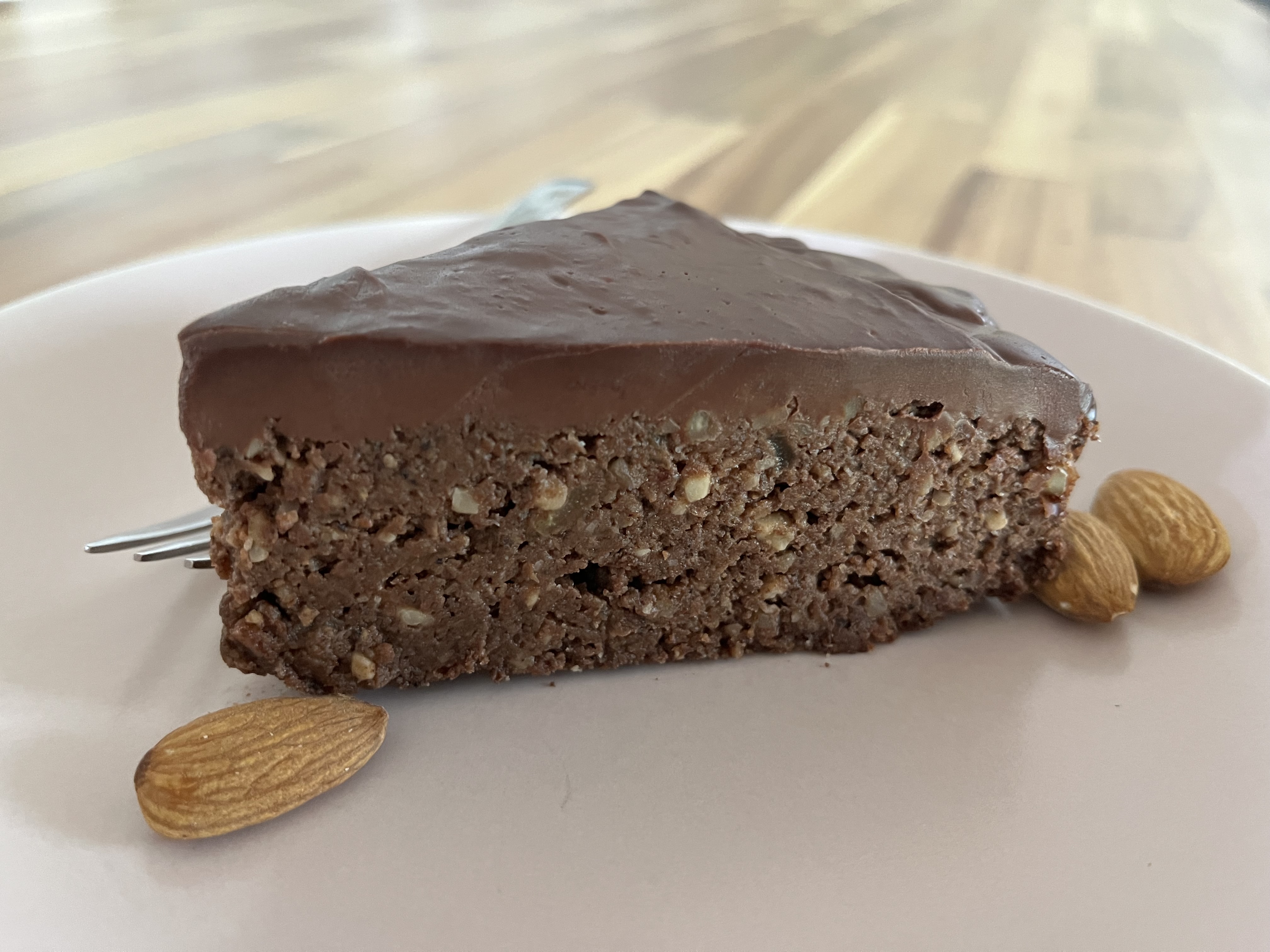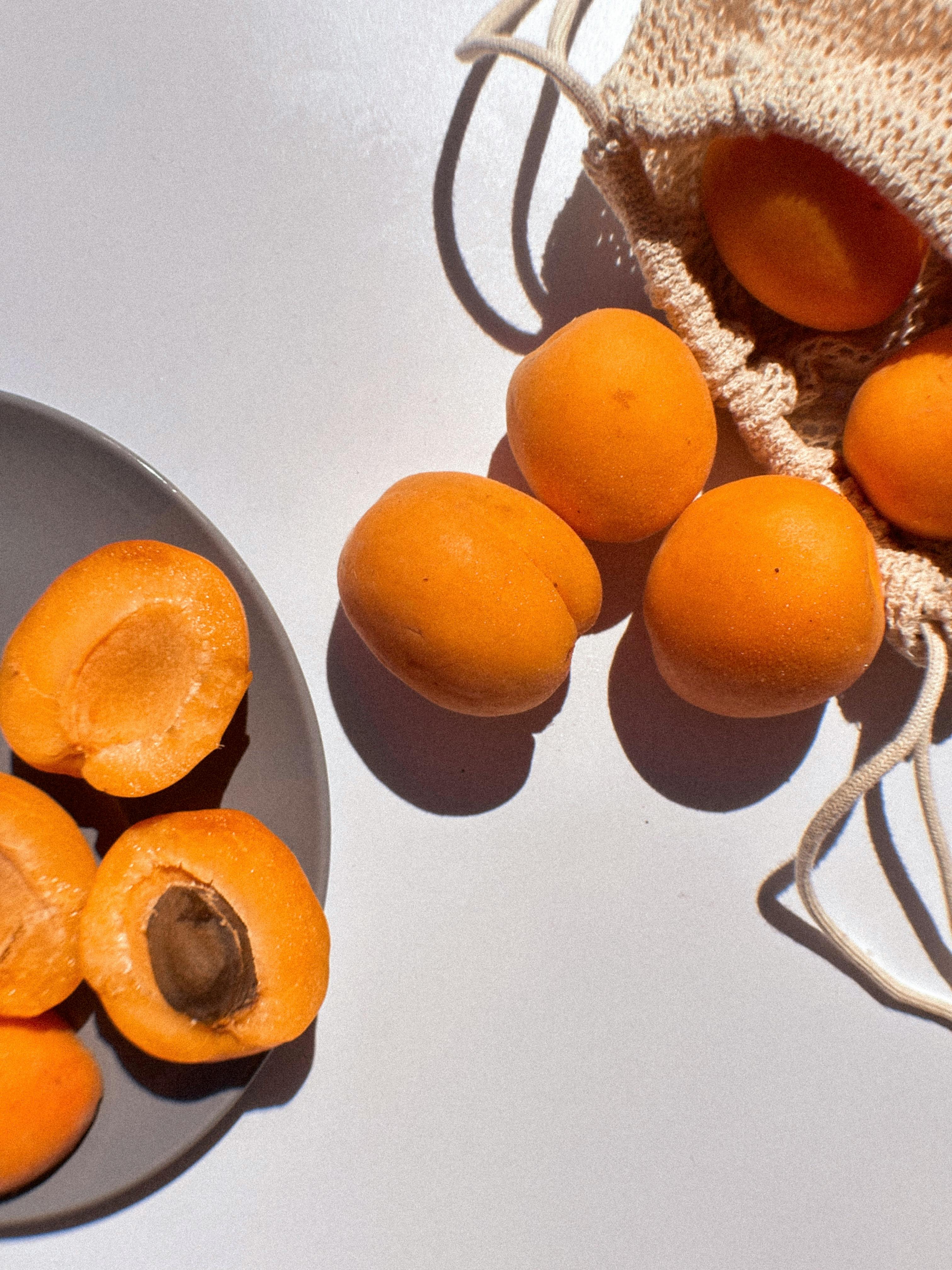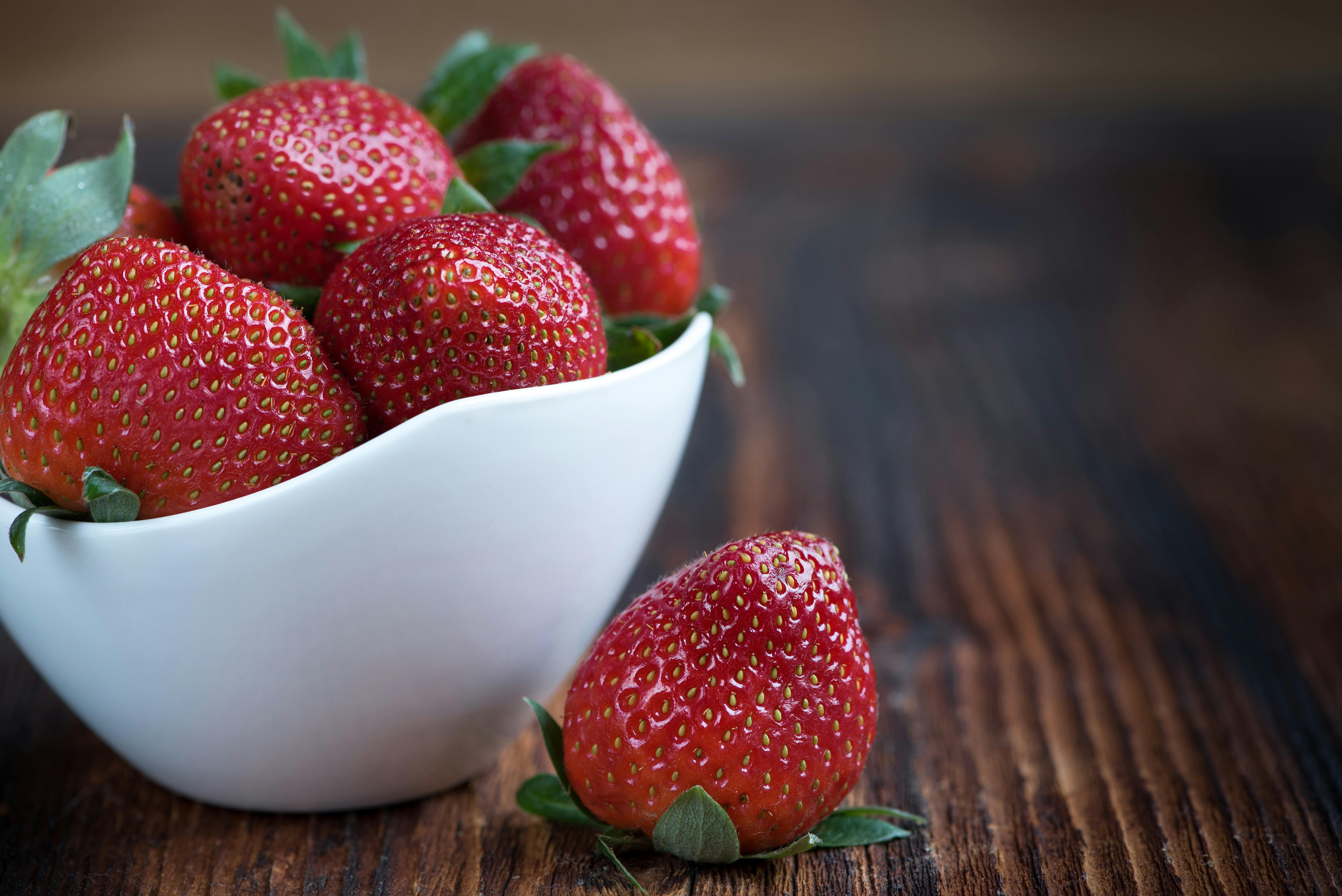 |
Nature’s Dessert Cookbook: Healthy, Delicious & Naturally Sweet Recipes Don’t want or can’t tolerate sugar alcohols and artificial sweeteners? This cookbook is for you! Every dessert is naturally sweetened with whole ingredients rich in fiber and protein, slowing sugar absorption and making them diabetic-friendly. It gathers your favorite recipes from the website—plus brand-new ones—all in one convenient place. Indulge in truly natural treats without compromise! |
 |
Diabetic Baked Goods: Everyday Bakes for Every Meal Diabetic cookbook designed to make healthy baking simple, accessible, and enjoyable. This collection of low-carb, high-fiber, and protein-rich recipes provides a reliable solution for those looking to enjoy diabetic bread and baked goods without blood sugar spikes. Every recipe includes a video tutorial, making it even easier to follow along and bake with confidence! |
 |
What Makes This Cookbook Different?
|
Low GI Fruits: Delicious and Healthy Pear Desserts
Low GI fruits, such as pears, offer a healthy and delicious alternative for those seeking to manage their blood sugar levels. Their naturally sweet flavor and rich, creamy texture make them an ideal ingredient for creating tasty and healthy desserts, perfect for incorporating into daily diets without the guilt. Let's delve deeper into the nutritional advantages of pears and explore a wide array of delightful ways to use them in your culinary creations.
The Nutritional Powerhouse of Pears: A Deep Dive
Pears have been cherished for centuries, not only for their exquisite taste but also for their remarkable health benefits.1 Their low glycemic index (GI), ranging from 30 to 50, makes them an excellent choice for managing blood sugar levels, a crucial factor for individuals with diabetes or those striving for better metabolic health. Understanding the nutritional profile of pears reveals why they're so beneficial.2
A medium-sized pear provides approximately 6 grams of dietary fiber—a significant contribution towards the recommended daily intake. This substantial fiber content isn't just beneficial for digestive health; it plays a critical role in blood sugar regulation by slowing down the absorption of sugars into the bloodstream. This gradual release prevents those concerning glucose spikes often associated with high-GI fruits and refined carbohydrates. The fiber also contributes to satiety, helping us feel fuller for longer and potentially aiding in weight management.
Beyond fiber, pears are a rich source of essential vitamins and minerals. Vitamin C, a powerful antioxidant, supports the immune system and protects against cell damage. Vitamin K plays a vital role in blood clotting and bone health. Pears also contain potassium, an electrolyte essential for maintaining healthy blood pressure and muscle function. The presence of various antioxidants combats oxidative stress, reducing inflammation and protecting against chronic diseases, including diabetes and heart disease. This comprehensive nutrient profile makes pears a valuable addition to a healthy diet.
The combination of fiber, vitamins, and antioxidants contributes to overall well-being, making pears a wise choice for maintaining optimal health.3 Their nutritional density makes them a nutrient-rich option compared to many other dessert ingredients.

Sweet and Healthy Pear Desserts: A Culinary Exploration
The natural sweetness of pears makes them a perfect base for delicious and healthy desserts without relying on refined sugars or excessive sweeteners. While creating desserts my diabetic son could enjoy, I discovered several delicious pear-based recipes that delighted our whole family. You can find some of these recipes on this website—I hope you enjoy them as much as we do!
Simple Pear Delights:
- Roasted Cinnamon Pears: A classic, incredibly easy dessert and for me very yummy dessert. Simply slice or chunk pears, roast them until tender, and sprinkle with cinnamon for a warm and comforting treat. A touch of maple syrup can enhance the sweetness.
- Oat-Topped Baked Pears: Combine ripe pears with a crunchy oat topping. Sweeten the topping subtly with a spoonful of honey or date powder for a warm, comforting dessert. The combination of textures and flavors is delightful. This is a fantastic filling for a tart.
- Spiced Pear Compote: Simmer pears with warming spices like cinnamon, cloves, and allspice for a flavorful compote. This can be served warm over yogurt or ice cream, or used as a topping for pancakes or waffles.
More Creations:
- Pear and Almond Cake: Incorporate pureed pears into a cake batter for added moisture and flavor. Toasted almonds add a delightful crunch.
- Pear Crumble: A classic crumble topping complements the soft sweetness of pears beautifully. Use whole grain oats for added fiber.
- Pear Sorbet: Blend ripe pears with a hint of citrus or mint for a refreshing and light dessert. This sorbet offers a light, healthy alternative to other frozen desserts. Freeze in ice cream molds for individual portions.
The versatility of pears extends beyond desserts. Their subtle sweetness pairs beautifully with savory ingredients:
- Pear and Gorgonzola Salad: The creamy texture of Gorgonzola cheese complements the sweetness of pears perfectly. Add some walnuts and a light vinaigrette for a sophisticated salad.
- Pear and Prosciutto Pizza: I love fruit on pizza, not just pineapple but also pears. Thinly sliced pears add a touch of sweetness to a savory pizza topped with prosciutto and arugula.
Choosing and Using Pears
I prioritize organic pears whenever possible to maximize the nutritional benefits from the skin. Different varieties of pears offer unique characteristics in terms of flavor, sweetness, and texture. Experimenting with various types will allow you to discover your personal preferences. For desserts, super-ripe pears often provide the best sweetness. However, firmer pears work well too for me, especially for recipes that don't require extensive softening.

Creating pear desserts is an invitation to healthy indulgence, balancing delightful flavors with mindful nutrition. Low GI fruits, for me pears especially, offer a versatile and budget-friendly way to enjoy delicious treats suitable for individuals managing diabetes or seeking to improve their overall well-being. With pears, satisfying your sweet tooth and prioritizing your health can go hand in hand, proving that delicious and healthy can coexist beautifully.






